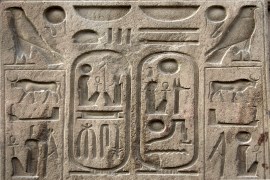Collections | Livre | Chapitre
On a perceptual root of abstraction
pp. 433-438
Résumé
According to Husserl, a distinction has to be made between generalizing and formalizing abstraction.2 By means of generalizing abstraction one arrives at notions such as "red," "color," "sensuous quality," or "triangle," "planimetric figure," "spatial form," etc. Each of these notions refers to what Husserl calls a "material region"—that is to say, a region circumscribed and defined by a certain qualitative content of whatever pertains to it. If, therefore, an object, a fact, a phenomenon, can be considered as an instance of one of these notions, it is because of its material and qualitative nature. Each of the notions in question expresses an invariant with regard to variations and varieties. Starting from a certain red, for example, one can vary, if only in imagination, its brightness; one can even vary its shade or hue while taking care that all the resulting variations remain red.
Détails de la publication
Publié dans:
Gurwitsch Aron (2010) The collected works of Aron Gurwitsch (1901–1973) II: Studies in phenomenology and psychology. Dordrecht, Springer.
Pages: 433-438
DOI: 10.1007/978-90-481-2942-3_16
Citation complète:
Gurwitsch Aron, 2010, On a perceptual root of abstraction. In A. Gurwitsch The collected works of Aron Gurwitsch (1901–1973) II (433-438). Dordrecht, Springer.










